
Hops Insider: Pinpointing the Perfect Pick Time for Better Beer
ALL ACCESSBacked by research, farmers are using harvest windows and hop maturity to enhance aroma and get brewers the profiles they want the most.
48 articles in this category

Backed by research, farmers are using harvest windows and hop maturity to enhance aroma and get brewers the profiles they want the most.

Public hops that any farmer can grow have their supporters, including the Brewers Association. Ultimately, however, the success of new varieties such as Vera and Thora will depend on demand from brewers.
First developed by multinational lager breweries, hybrid malting barleys are now available that can extend shelf life while eliminating DMS and improving quality, among other possible benefits. Will smaller breweries find a use for them?

In today’s hop-forward beers, whirlpool additions contribute many of the IBUs—yet the results are less clear-cut than adding to the boil. Research—some new, some not so new—may provide direction.
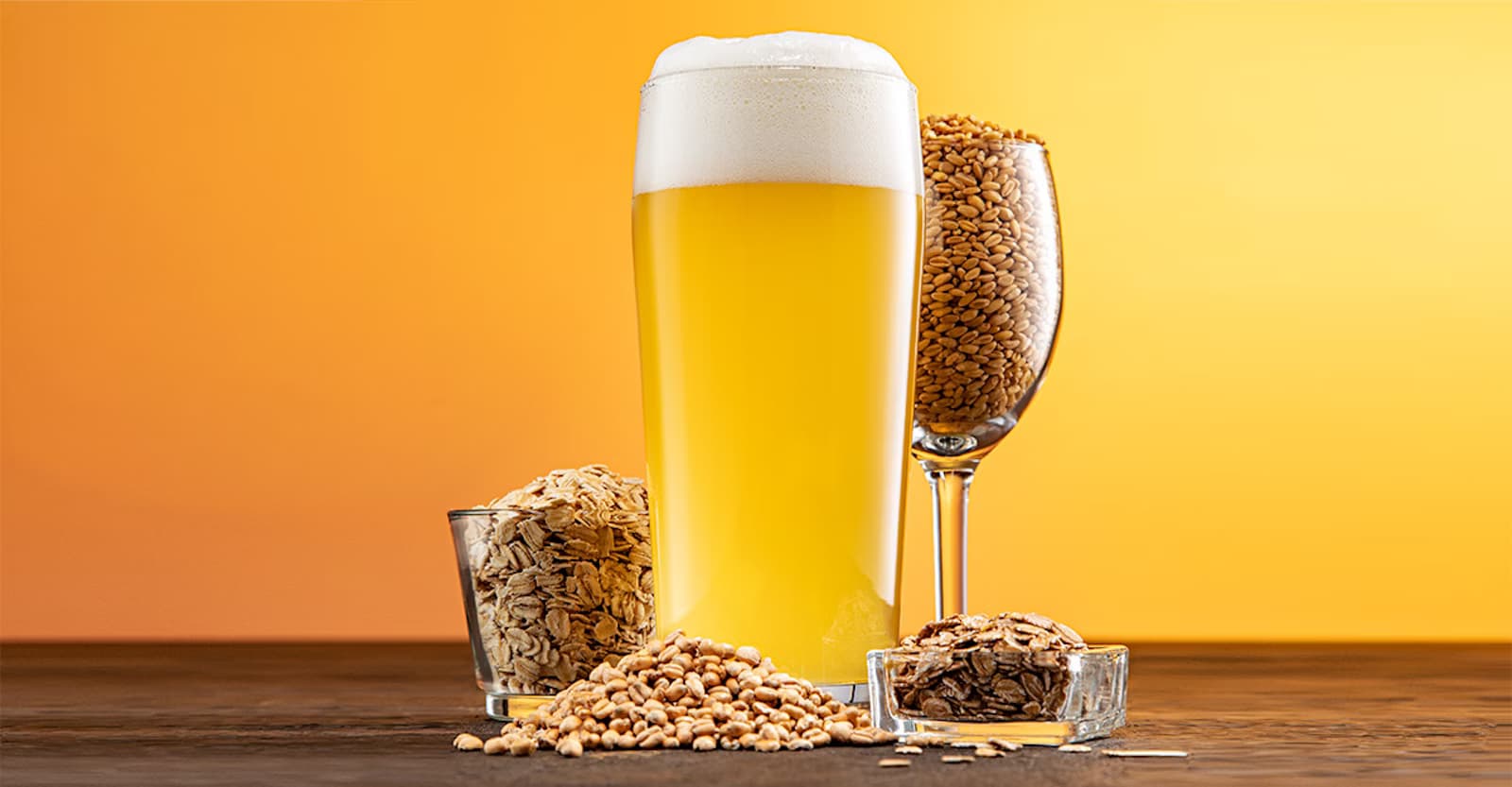
Amid the enduring popularity of soft, pale, hazy IPAs, maltsters have worked to develop wheat malts specifically meant to fit the (grain) bill. Here are two examples, with insights from brewers who use them.
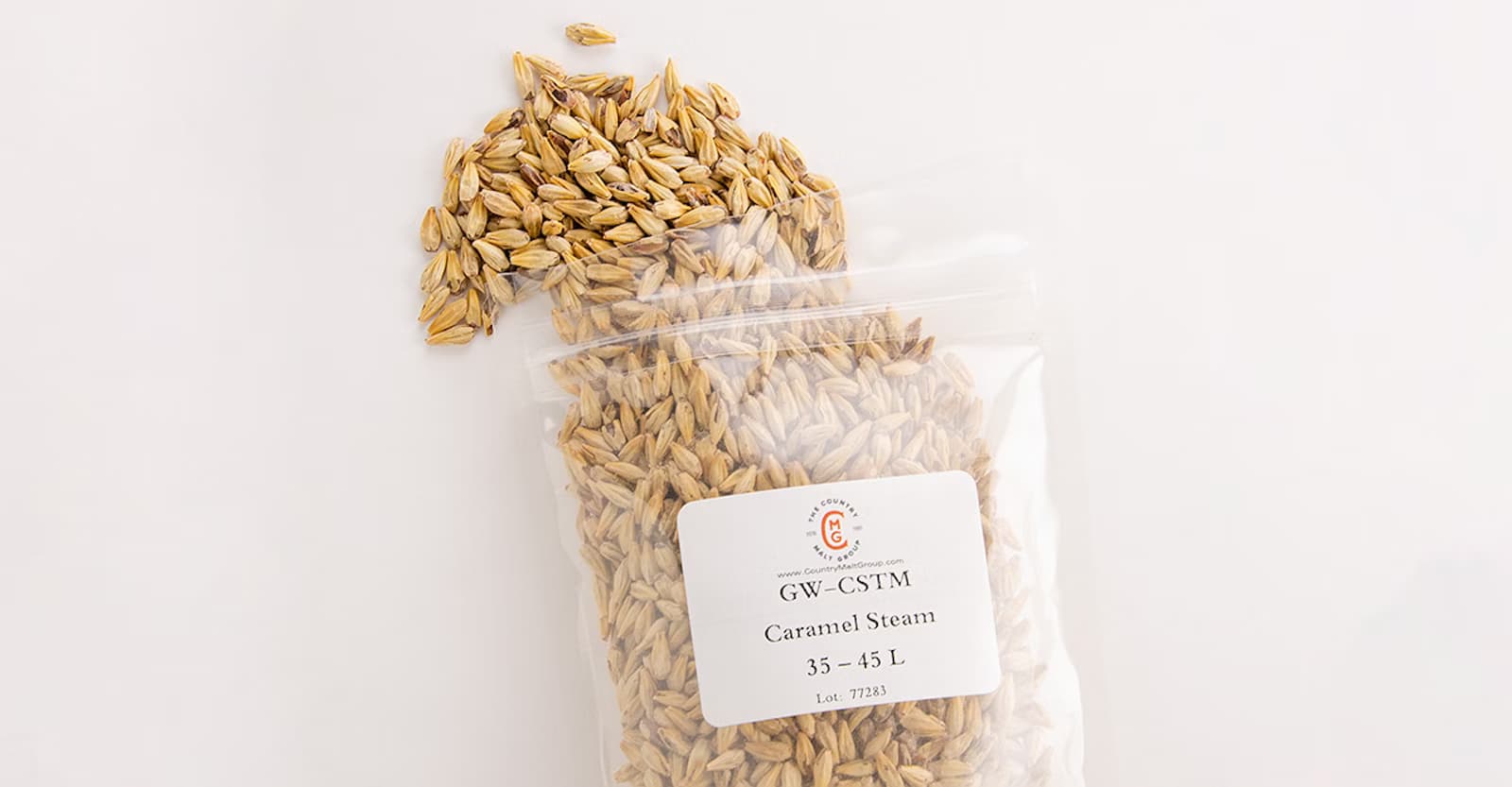
When it comes to malt these days, brewers are spoiled for choice—and yet maltsters continue to try new things, working to release products that satisfy modern brewhouse demands … and, maybe, find a place in your next recipe.

Beer is already made from plants, and foraging for local flavor is nothing new to terroir-focused breweries. So, what does it mean to brew with botanicals—and could your brewery capitalize on the trend?
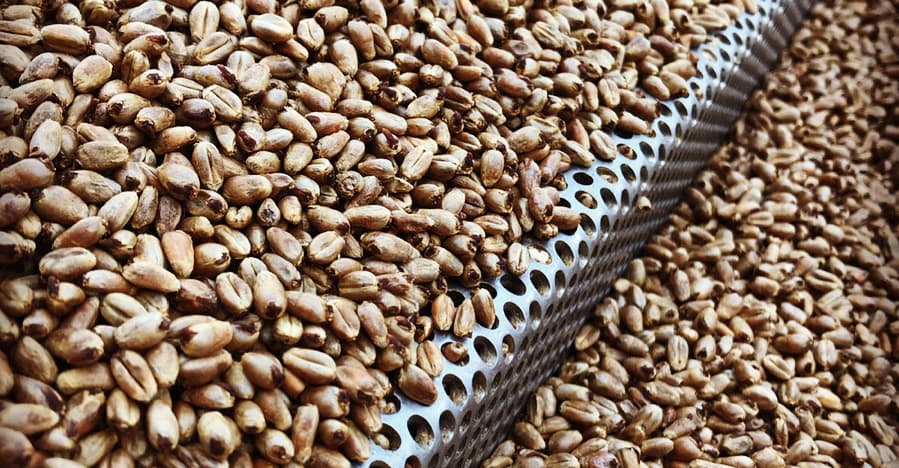
Developing a malt especially for your brewery takes some planning, but there are potential benefits—such as nailing a target flavor within your process, making beer from truly local grain … or just the fun of finding out what it tastes like.
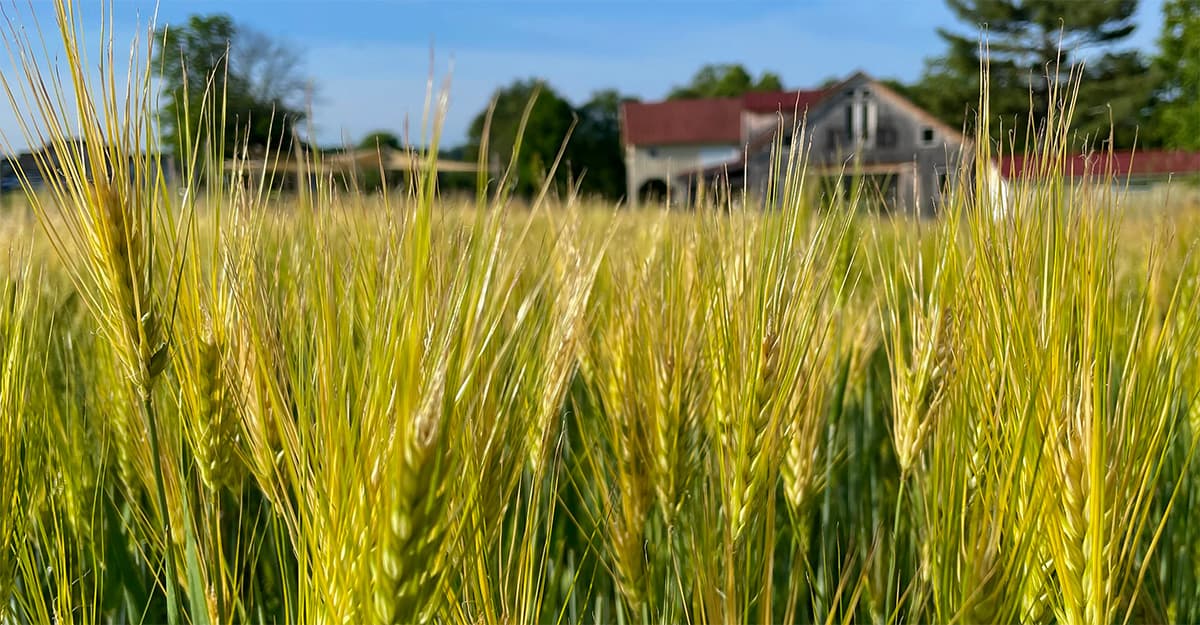
The farming practices are still new and not always clearly defined, but supporters of regenerative agriculture make the case that it could lead to better grains, better beer, and happier farmers.
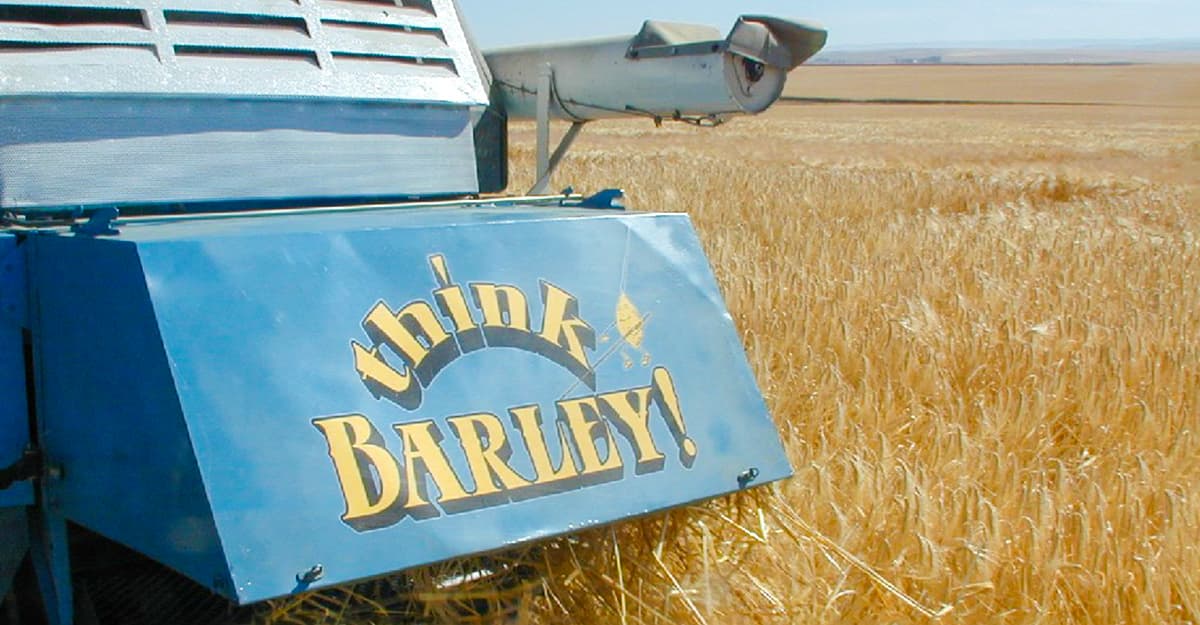
From the barley farmer’s rain forecast to adjusting your grain bill, here’s how malt develops its protein content and what that means for your beer.

Recent experiments at New Belgium could help smaller breweries decide whether the benefits of mid-fermentation dry hopping are worth the potential costs.

Could floor-malted barley provide an edge for your beers? It has old-fashioned charm and its share of fans, even if its differences with pneumatic malt are relatively subtle. However, new research is beginning to explore what makes floor-malted barley different.

Having a sensory panel to regularly evaluate your beer is good practice—but what about one to evaluate your hops? Brewers and hop-sensory experts share their best tips on starting up a specialized panel—and careful hop evaluation is something that even the smallest breweries can do.
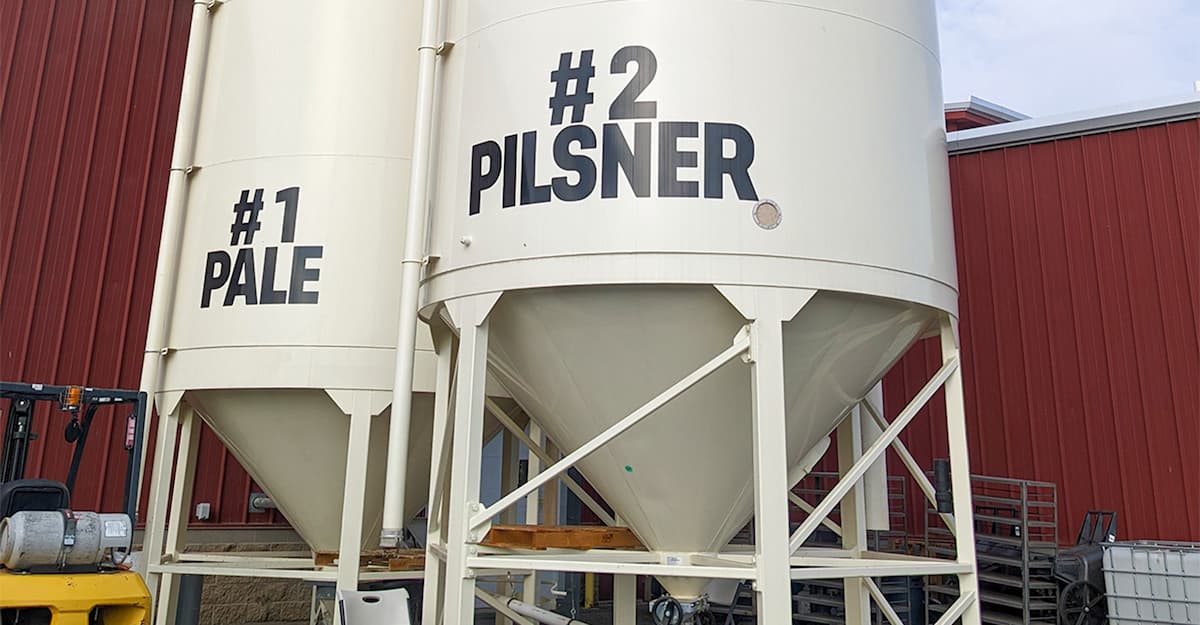
Whether it’s the various costs involved, location, conveyance, or keeping peace with the neighbors, here are some key considerations when it’s time for your brewery to bulk up.

Despite recent troubles with input costs and supply chain, the vibes coming from the malt market seem relatively calm and upbeat. Hey, let’s not jinx it.

Whether using whole fruit or purees, breweries benefit by estimating their needs in advance.
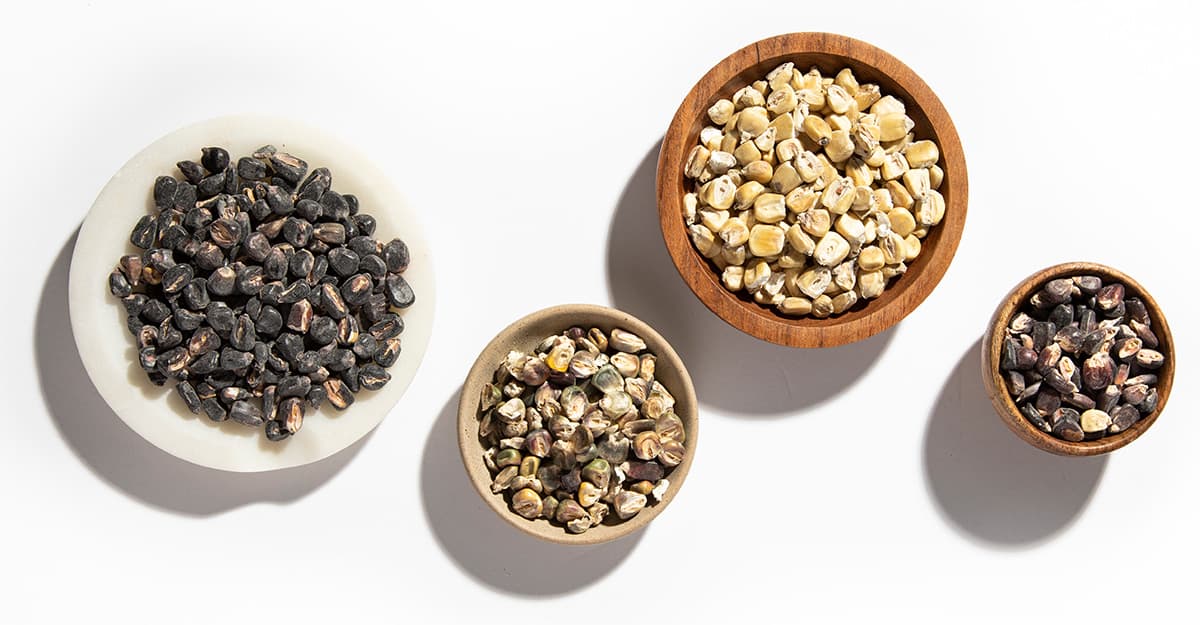
While malted corn isn’t always easy to work with, craft maltsters and brewers are figuring out how best to use what is essentially a new and flavorful ingredient. As interest grows, so will the options and the expertise.
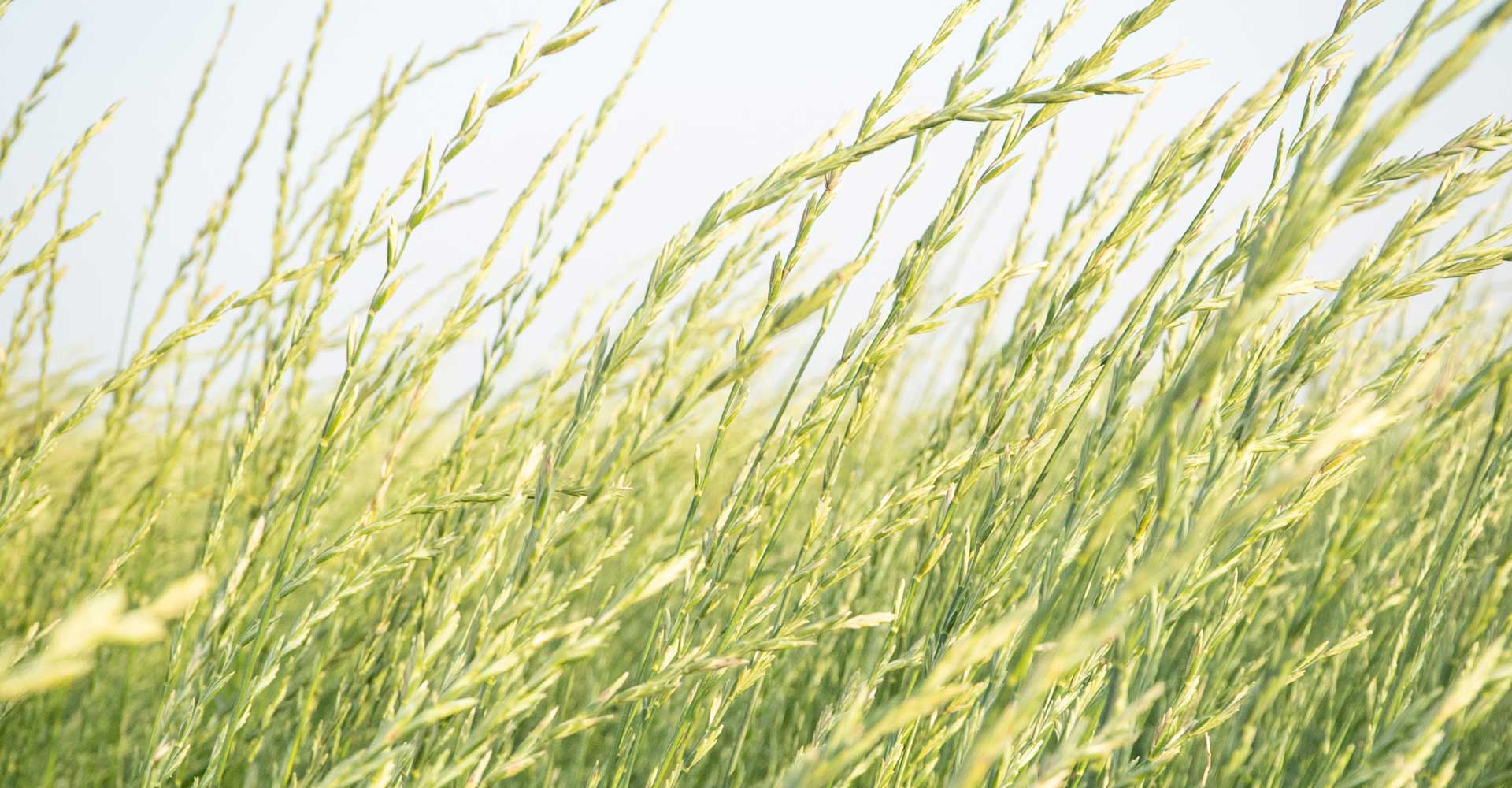
There’s an exploratory movement among craft brewers to go beyond brewing with barley. The flavors coming out of this movement are delighting palates, helping to reduce environmental degradation, and promoting social justice.

They can’t do it all, but group purchasing organizations offer a way for smaller breweries to access substantial savings on needed materials and key services. Here’s what to know.
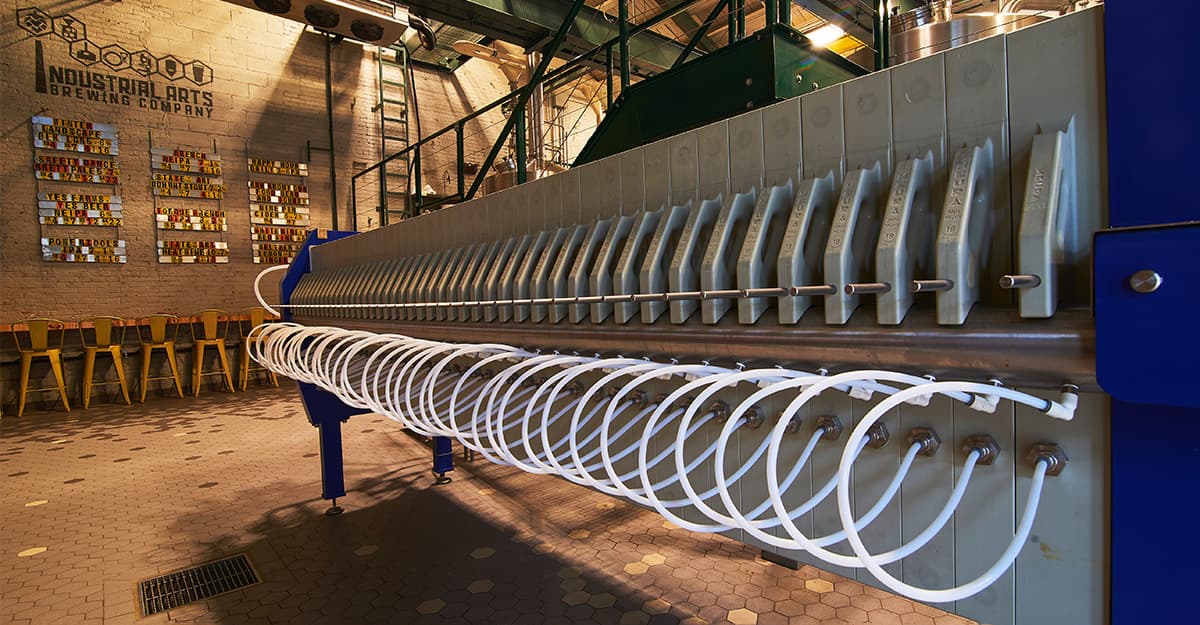
While not without its costs, a mash filter press can dramatically increase efficiencies and lower costs. It can also open the door to some unusual beers that would be challenging or impossible with a typical lauter tun.